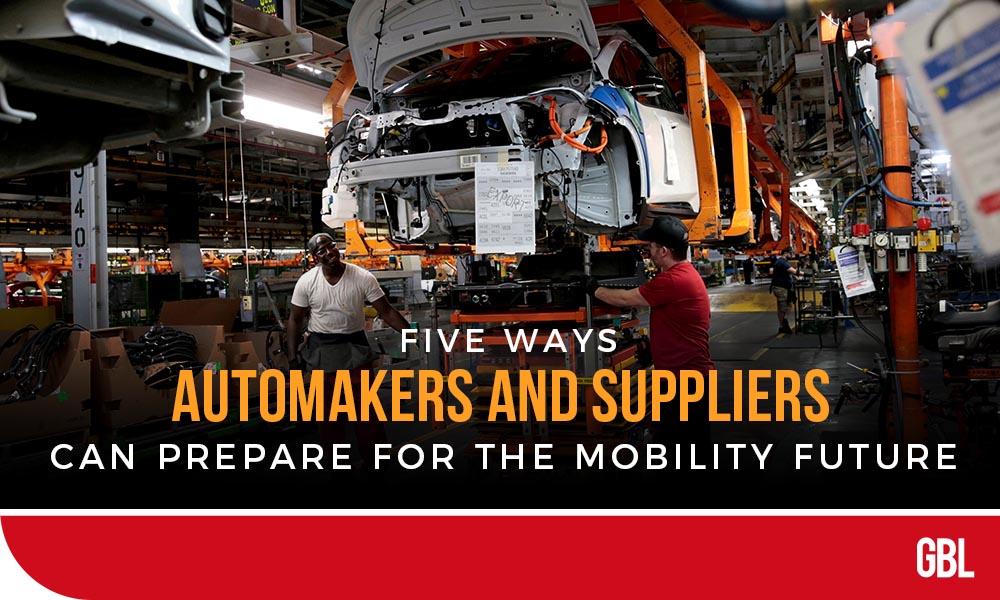In the future, streets will be populated with electric vehicles (EVs), and gas stations will be replaced by EV charging stations at shopping centers and grocery stores. Mobility-as-a-service (MaaS) dominates the transportation landscape, providing users the highly affordable, sustainable, and efficient way to get around.
In recent days, a few cars are self-driving and interconnected, talking to each other, sharing their location and next moves. Several cars are connected with the ability to send and receive all data types of the user.
The change will happen faster, and regulations will only speed up this transition. In Europe, a package of legislative proposals, “Fit for 55,” aims to decrease greenhouse gas emissions by 55% by 2030. It includes a policy that needs a 55% reduction of average emissions in new cars by the year, 2030 and a 100% reduction by 2035.
President Biden set a bold goal in the United States: EVs will make up at least 50% of all vehicles sold by 2030. Since he took office, automakers announced more than US$36 billion in EV manufacturing investments and $48 billion in battery production in the U.S. alone.
In a world of disrupted supply chains, digitized factories, new market participants and a increasing demand from regulators and consumers for sustainable vehicles, automotive businesses are adopting the following five trends to stay competitive.
1. Shifting Gears to Electric
A huge shift to vehicle electrification will need efficient and scalable EV charging infrastructure. It is needed especially on one platform with seamless integration into existing business systems used by suppliers, automakers, and dealerships.
It will also shift supply chains and the role of parts suppliers as they shift from offering components required for internal combustion engines to those required for EVs.
Automakers and suppliers can leverage the power of technology to prepare for vehicle electrification, to manage charge point infrastructure and interact along the mobility value chain in the cloud to support collaborative, end-to-end business models and processes.
ChargeX, a SAP customer, had given the first intelligent, multi-socket charging solution for EVs. It allows several electric cars to charge simultaneously. The SAP E-Mobility solution helped ChargeX decrease the time spent on daily charge-point operations and improve customer satisfaction with an intuitive user interface and straightforward, automated processes.
Related: Eight Enterprise Storage Trends
2. Making Cars Smarter
Cars are the next smartphones. As consumers majorly expect more from their vehicles, automobile manufacturers should find ways to boost vehicle intelligence and connectivity continually.
Even in the 2020s, software changes how drivers interact with their cars. Automation has taken over braking, cruise control, climate control, entertainment, etc. Routine software updates offer drivers continuous improvements, adding safety features, greater efficiency and better performance.
Fully autonomous driving, currently in its infancy, continues to learn and will soon become a standard feature. Similar to vehicle electrification, regulatory requirements and consumer behavior inspire companies to develop innovative solutions that drive the boundaries of automotive capabilities.
Zoox uses flexible and scalable manufacturing solutions from SAP to construct its fully autonomous, purpose-built vehicle fleet.
3. Considering Mobility-as-a-Service
An uptick in technology-powered smart cities, spurred by the human’s response to the effects of climate chang, will force auto manufacturers and suppliers to rethink about their business models.
Communities will reimagine essential public services such as transportation, encouraging citizens to swap their vehicles for public and shared transportation services. The shared mobility market is anticipated to exceed $1.9 trillion by 2030.
Mobility-as-a-service platforms provide users an integrated package of transportation options accessible through a single payment channel. These implementations will play a primary role in solving urban challenges and decreasing congestion, greenhouse gas emissions, and accessibility constraints. Car manufacturers and suppliers can re-assess and innovate their product offerings through this modality.
For instance, consider the robotaxi by Zoox. Passengers request a ride from this driverless taxicab through their smartphones. Zoox robotaxis can drive up to 75 miles per hour, revolutionizing ridesharing. The SAP Manufacturing Execution application offers the backbone for robotaxi production.
4. Prioritizing Operational Resilience
Automakers and suppliers must make sure resilient supply chains are in place to meet changing demand amid the evolving automotive landscape, including increasing requests for EV components while combating battery and chip shortages.
The disruption caused by COVID-19 and the war in Ukraine highlighted the difficulties external events can have on automotive industry operations. Technology will act as an even more critical role in enabling businesses to respond to potential supply chain disruptions.
Real-time tracking and analysis can forecast supply and demand in a better manner, fostering a more agile and resilient supply chain. As a result, carmakers, suppliers, and dealerships can respond to the unexpected as soon as it happens, make better inventory management decisions, and decrease waste.
For instance, Electric motorcycle company, Zero Motorcycles and German multinational manufacturer of EVs and motorcycles, BMW, partnered with SAP to succeed in the new world of mobility.
With real-time information, detailed insights on performance, and analytics to enhance decision-making across the manufacturing value chain, Zero Motorcycles and BMW can achieve operational resilience while driving the boundaries of innovation.
5. Embracing Digital Retail
Due to consumer behavior change speeded up by the pandemic, the automobile industry recognizes the urgent requirement to adopt a digital-first, omnichannel sales strategy. Car buyers and sellers have shifted to contactless car buying and online dealerships.
Even as the world recovers from COVID-19, vehicle retailers see automotive e-commerce searches reaching an all-time high as many customers currently prefer digital retail experiences for sales, trade-ins, and services.
SAP partner proaxia makes it easier for dealerships, importers, and service locations to adopt digital retail options, optimizing end-to-end sales and service processes. With innovative products for SAP S/4HANA, dealerships and service locations can continue to get good sales, deliver services, and meet shifting expectations of the customer.
Collaboration Is Important For Future Success
The automotive industry faces enormous challenges. Though there is high competition in the automotive industry, automakers and suppliers gain critical value through collaboration, specially in such a dynamic environment for innovation.
As a front-runner in the automotive industry, Catena–X aims to bring all business partners. It includes multi-tier suppliers, original equipment manufacturers (OEMs), or recycling service providers, into one network to help ensure an open, secure, and interoperable data exchange along the value chain.
Data transparency assists participants in gaining visibility into the complete material flow of a product life cycle, from “cradle to grave.” Utilizing information available in shared digital twins enhances decision-making for end-of-life vehicles.
Thus, functional parts can be circulated back for refurbishment or reuse, and valuable raw materials can be recycled more effectively. With SAP Industry Network for Automotive, SAP can offer software and network services to Catena-X and the automotive industry.
SAP industry solutions fuel connected and sustainable automotive businesses ready to meet the road ahead.









